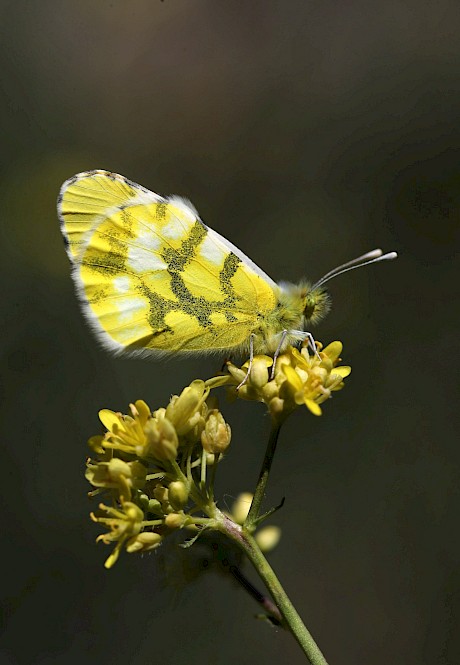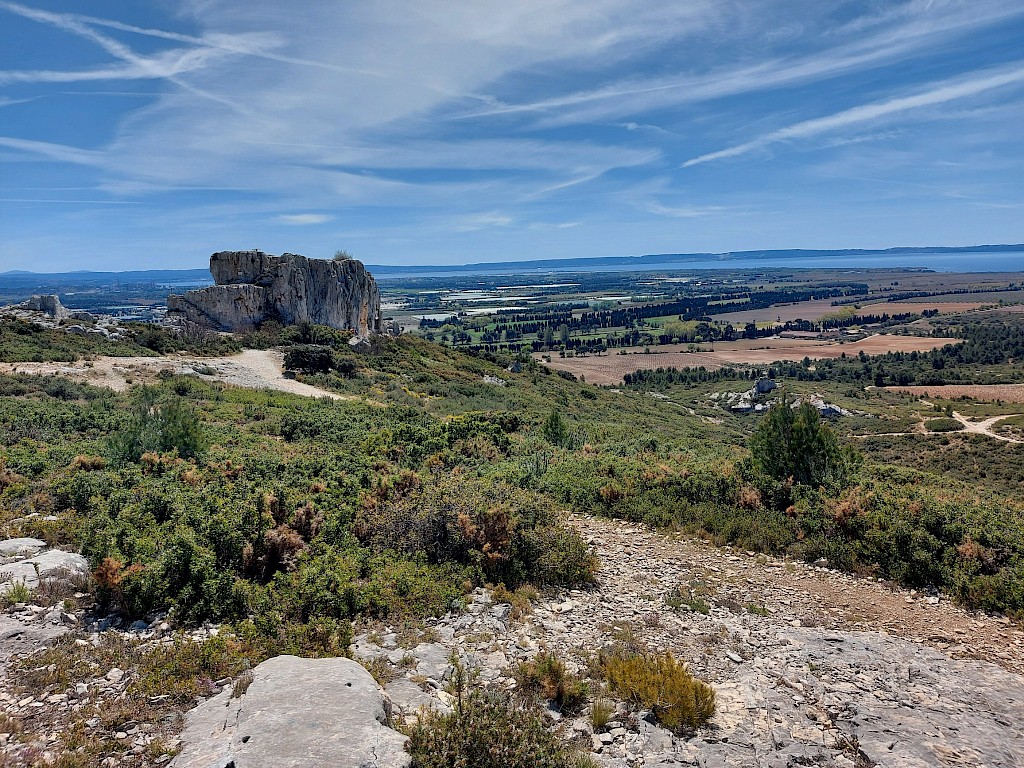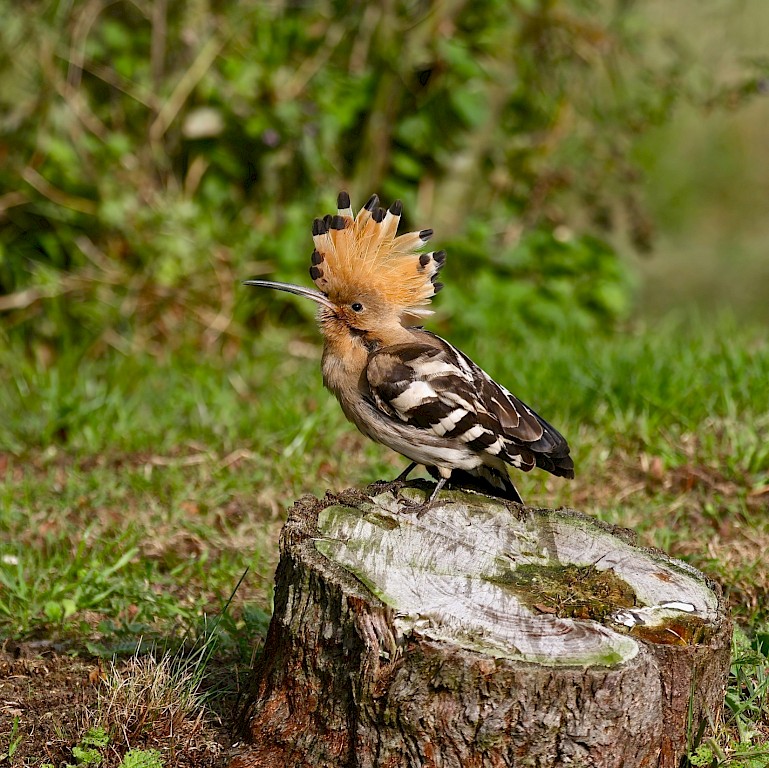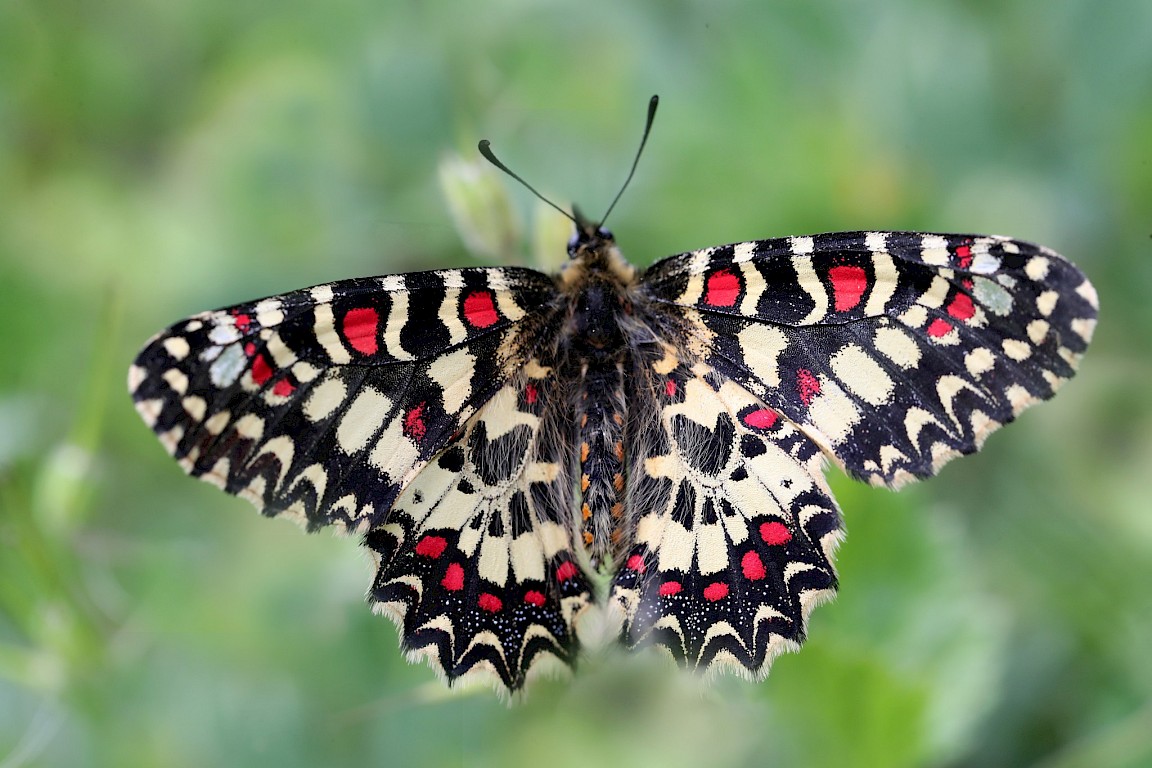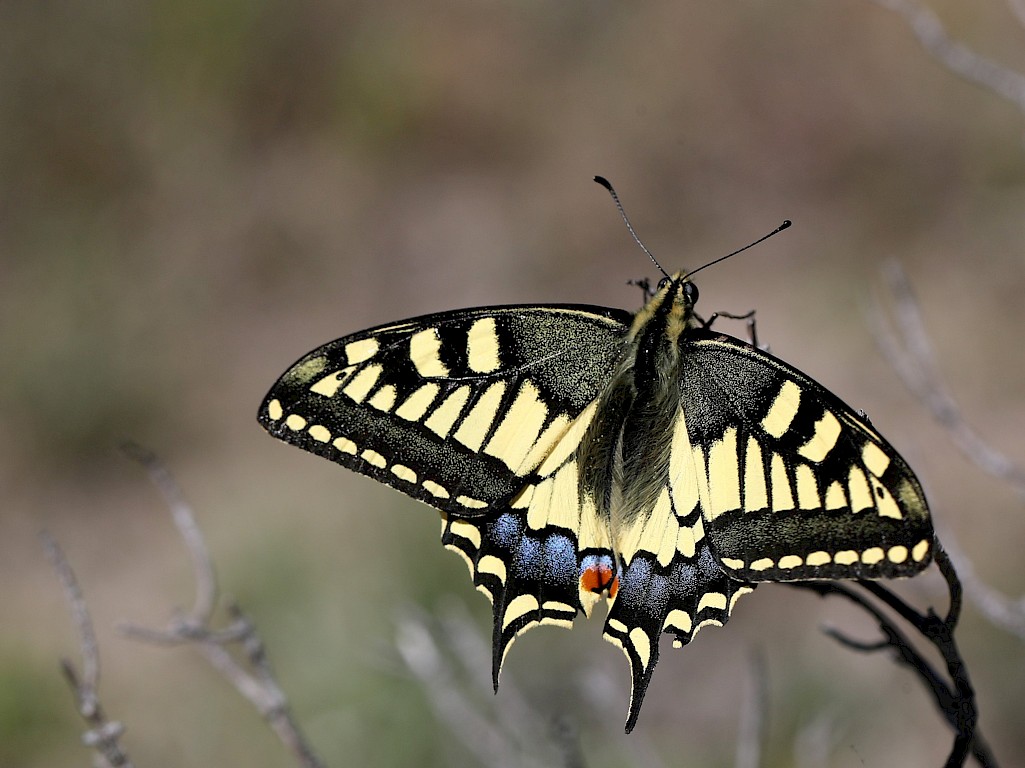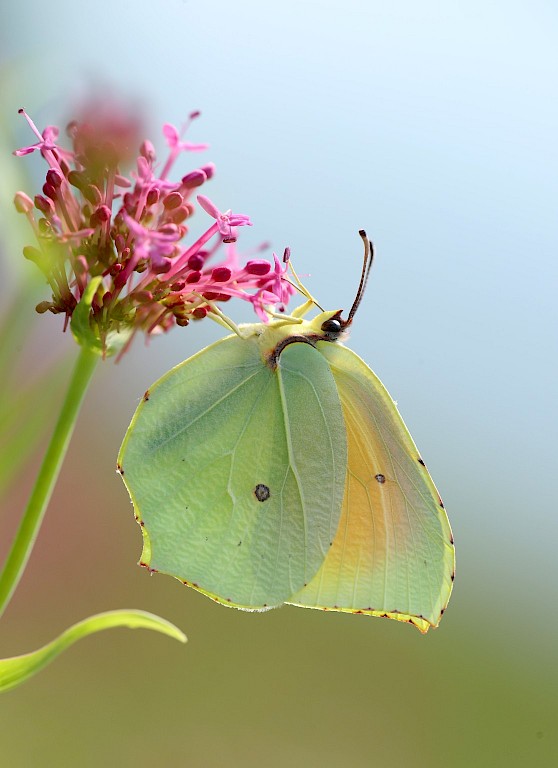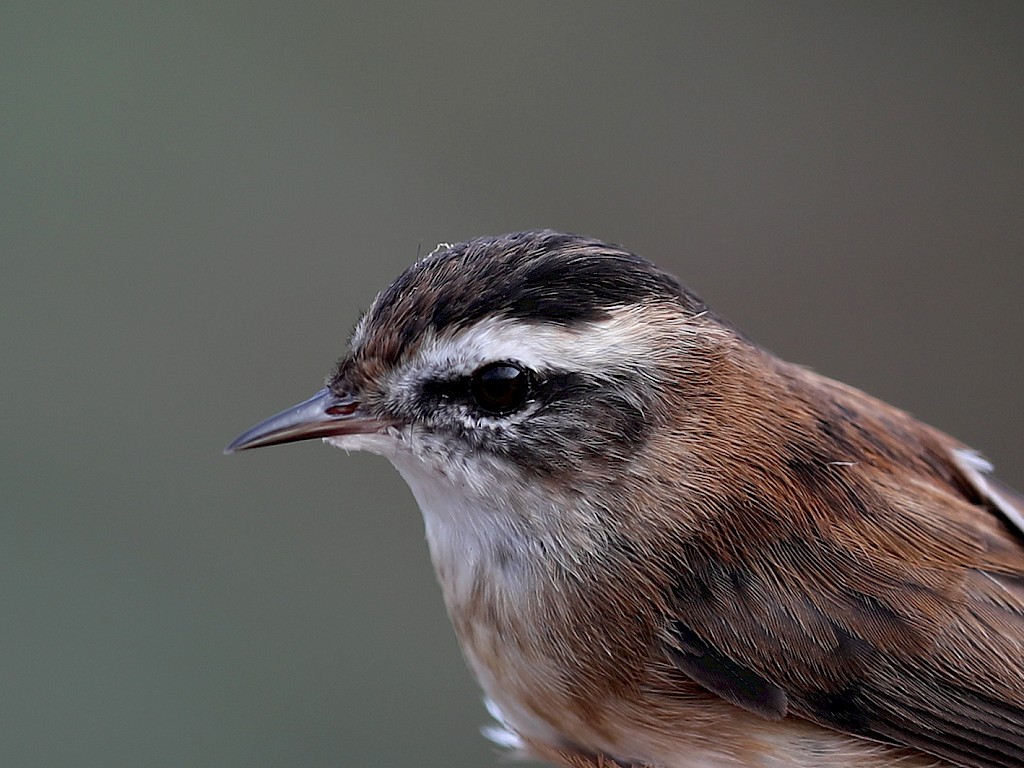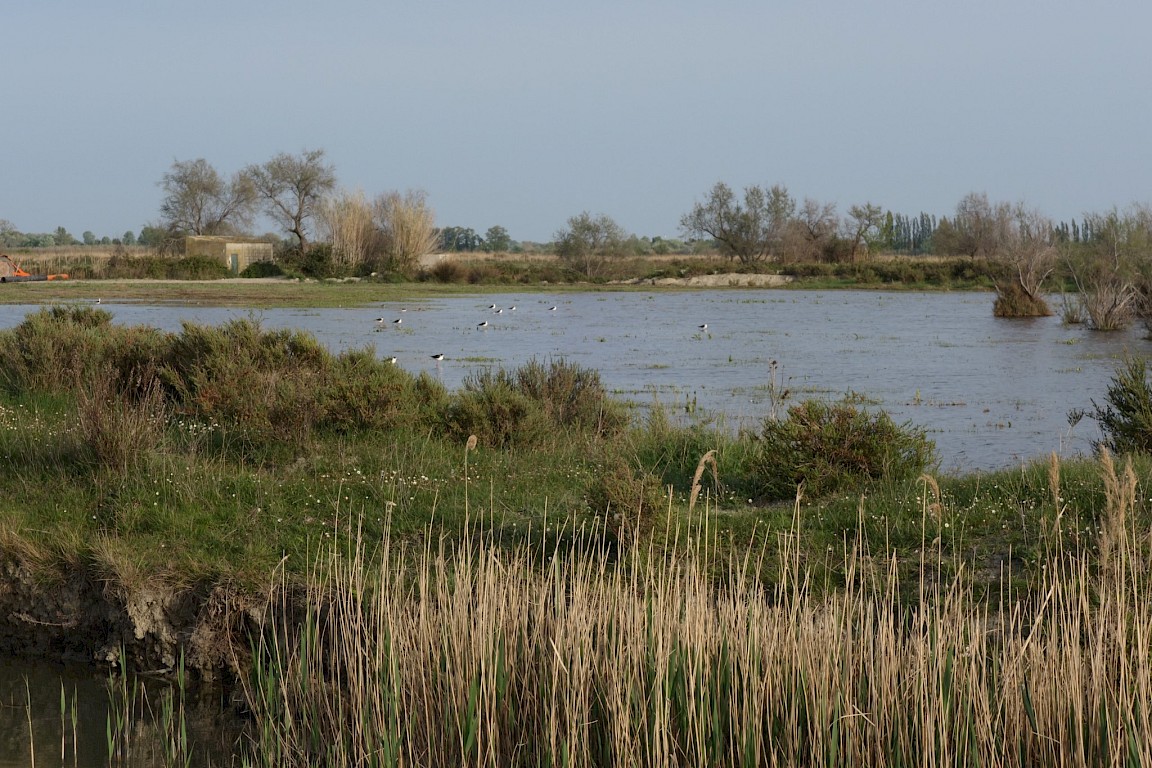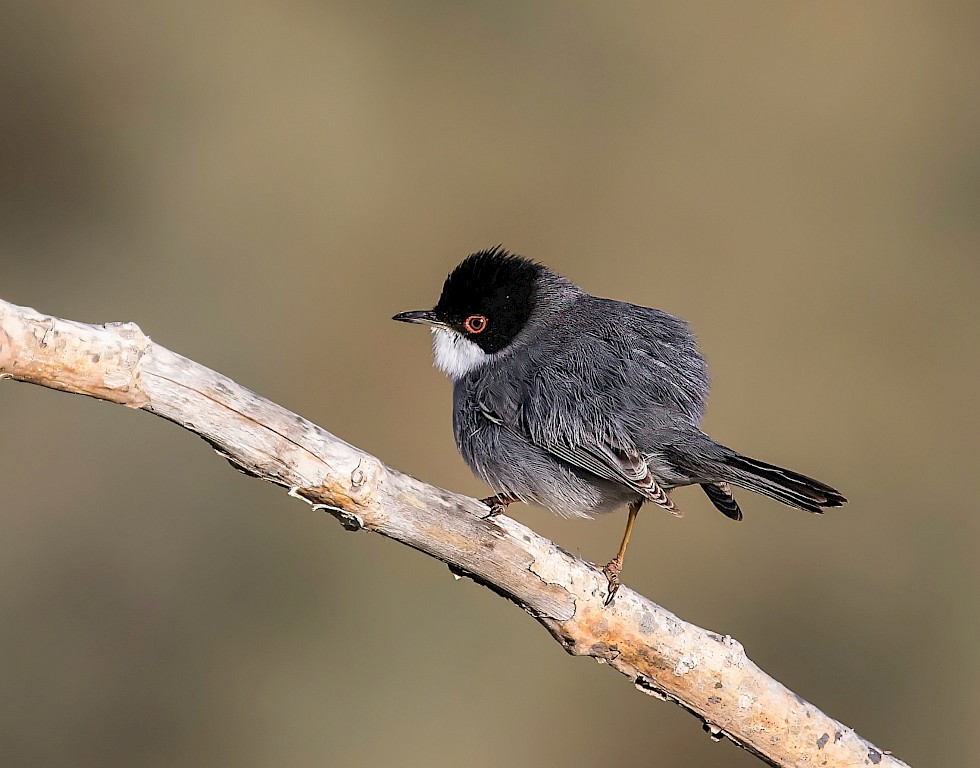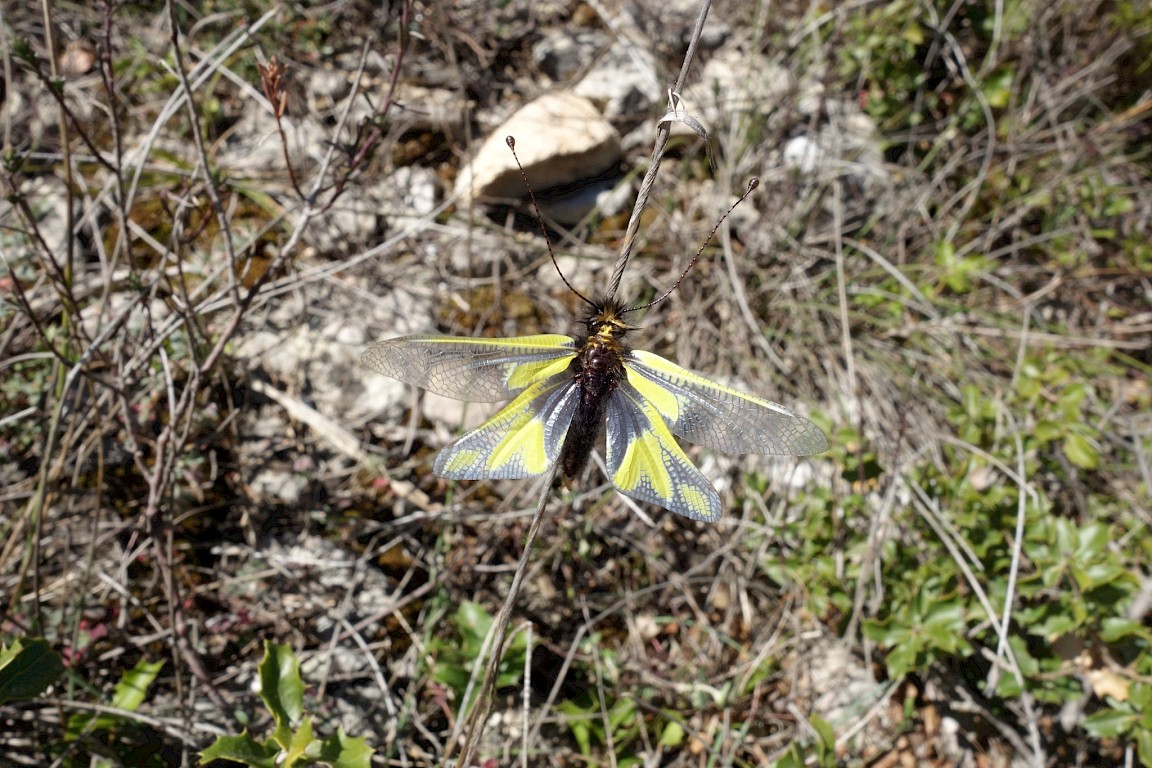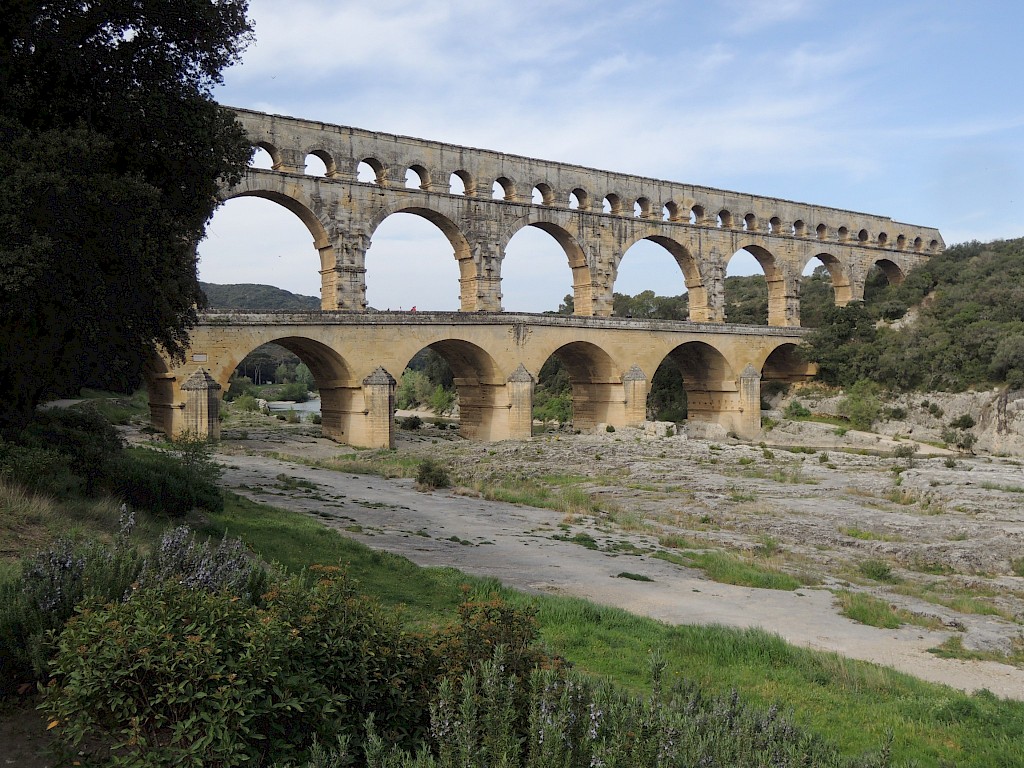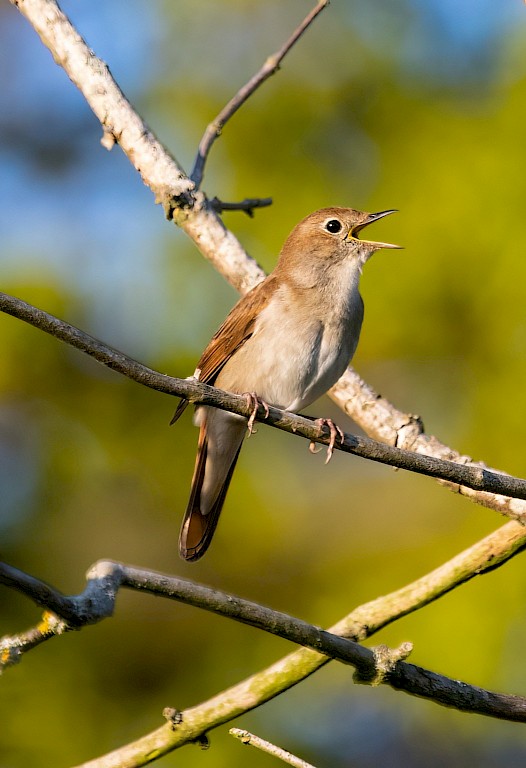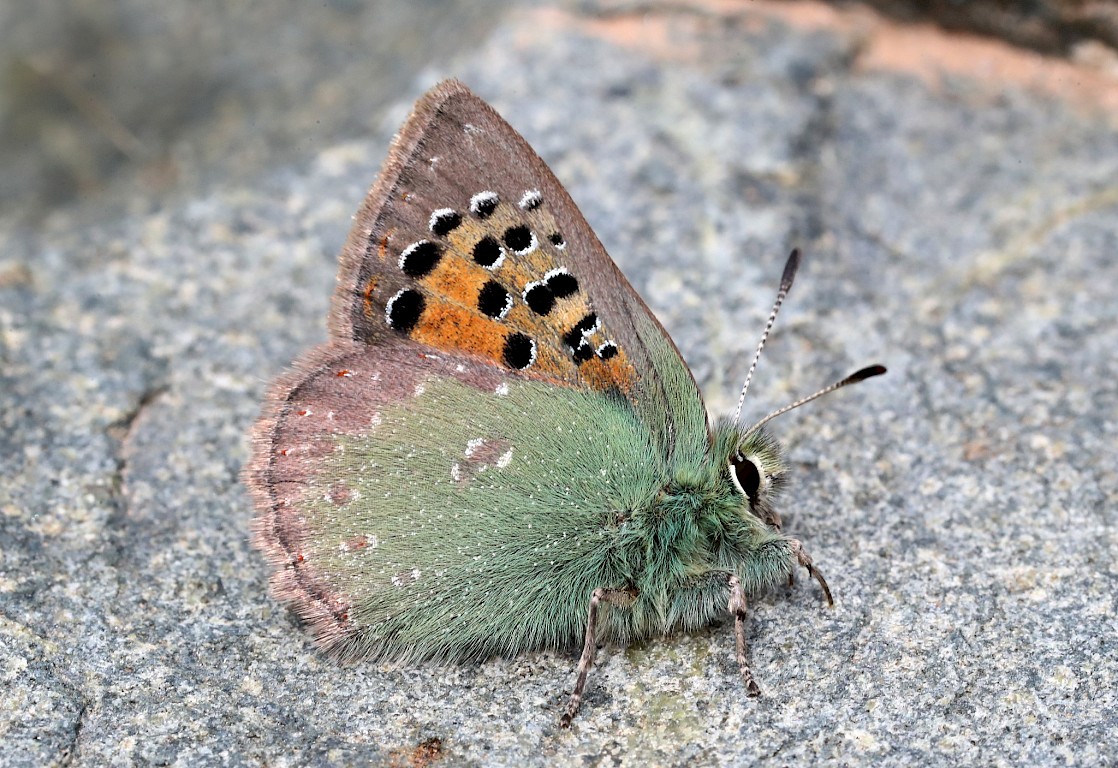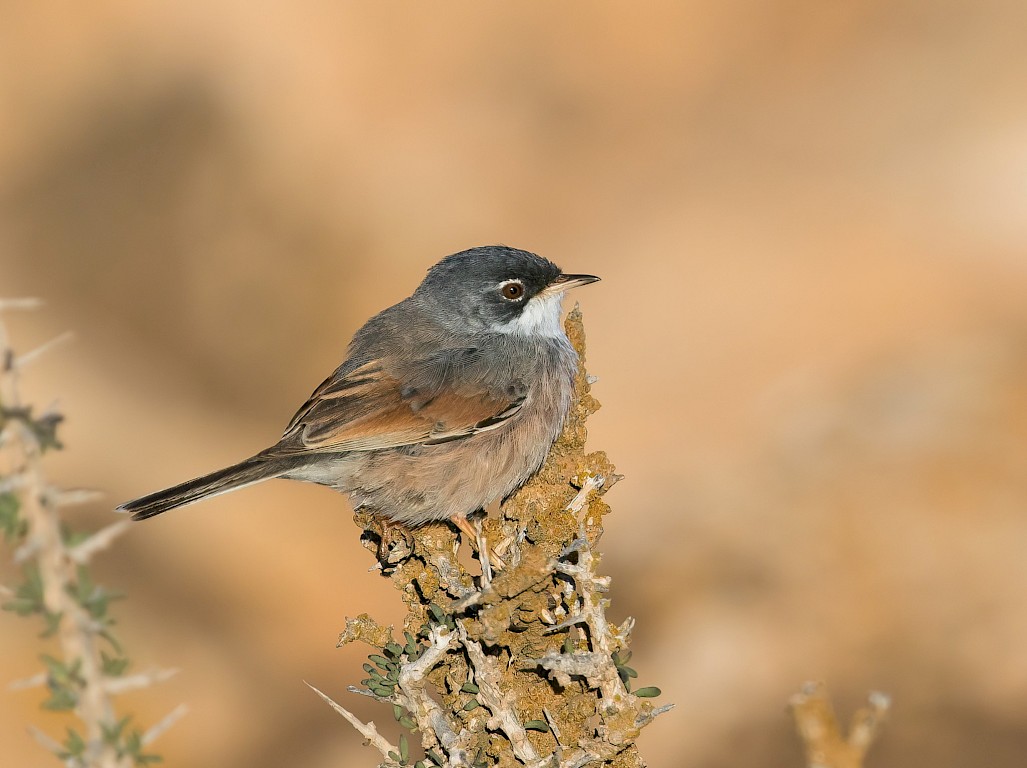Popularised by the travel writer Peter Mayle, Provence is renowned among naturalists as one of Europe’s finest all-round wildlife destinations – featuring a variety of habitats, from the world-famous Camargue wetlands to the steppe-like grasslands of La Crau, the biologically rich limestone hills of Les Alpilles, and the alpine wilderness of Mont Ventoux.
A visit to this beautiful region of France in the early spring guarantees a wonderful variety of wildlife. Chief amongst this is, of course, the birdlife. We will spend a couple of days exploring the vast Camargue, with its nearly one thousand square kilometres of freshwater reedbeds, saline lagoons and salt pans. The saltpans hold thousands of Greater Flamingos and can be heaving with passage waders moving through on their way north, including Greenshank, Curlew and Wood Sandpipers. The scrubby woodland edges hold good numbers of Cettis’ Warblers and Common Nightingale, and Lesser Spotted Woodpeckers are still relatively common here. Other specialist species we will look for include Ashy-headed Wagtails, Spectacled Warbler, Slender-billed Gull, Purple Gallinule, Red-crested Pochard, Black-winged Stilt, Kentish Plover, and Garganey.
La Crau is the last remaining breeding location of Calandra Larks in France, along with the elusive Pin-tailed Sandgrouse and Little Bustards, and we will spend a day exploring this rare habitat. A visit here often provides views of Lesser Kestrels and Great Spotted Cuckoo, Stone Curlew, and Southern Grey Shrike.
Situated just inland from the wetlands of the Camargue and the steppe grassland of La Crau are Les Alpilles. This ridge of limestone hills rising over the Rhone valley make for an impressive sight; we will take easy trails that lead up into the hills clad in Mediterranean scrub, yielding stunning views, a wide range of bird and butterfly species, and some orchids too. Highlights may include Bonelli’s Eagle, and spring butterflies like Black-eyed Blue and Provence Orange Tip.
Speaking of birds and orchids, both will be prominent during our visit to the Pont du Gard, the tallest and best-preserved Roman aqueduct in the world, and a UNESCO World Heritage Site. Visually stunning, it is also a breeding site for Crag Martin and Alpine Swift. The limestone crags surrounding the gorge are a haven for wildflowers.
During the course of the week, we’ll be keeping our eyes peeled for other wildlife too – we’d hope to encounter the likes of Ocellated Lizard, European Pond Terrapin, Stripeless Tree Frog, and doubtless some other surprises too. One of the joys of these holidays is the combined skills and interests of our guests, added to the expertise of our guides, providing everyone with an enhanced and enjoyable appreciation of many different aspects of the wildlife we encounter.
However, this wouldn’t be a Mariposa Nature Tours holiday without some special butterflies thrown into the mix! In particular we’ll be hoping to find one of Europe’s more enigmatic and extremely localised Erebia ringlets, Spring Ringlet, on the slopes of Mont Ventoux; and will also be searching elsewhere for Chapman’s Green Hairstreak, Southern Festoon, and Spanish Festoon. Doubtless we’ll find many other spring butterflies along the way, with Swallowtails, Cleopatra and Baton Blue in particular on the wing and eye-catching at this time of year.


